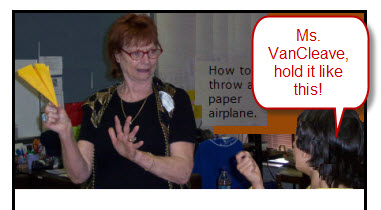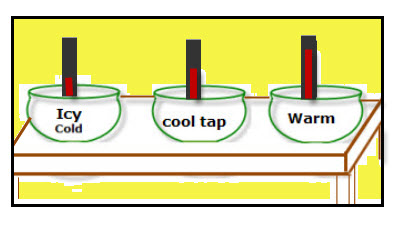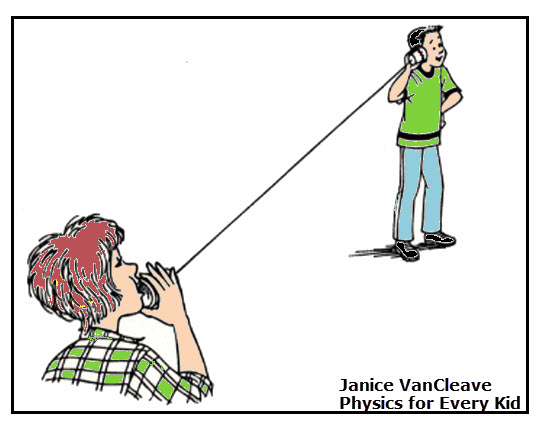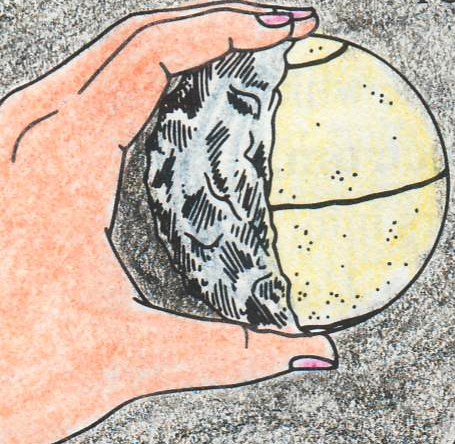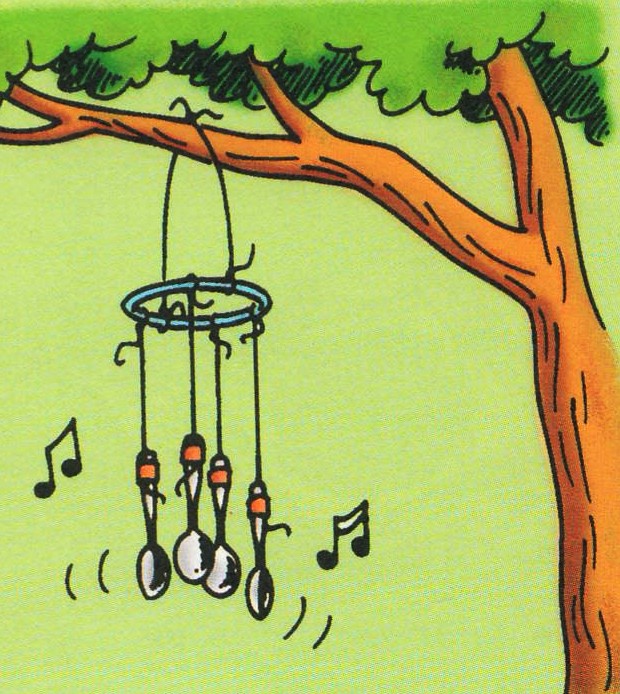Science Topic Index A to Z LETTERS LETTERS LETTERS LETTERS LETTERS A Ants B C D E F G H I J K L M N O P Q R S T U V W X Y Z Zebras
Archives for 2010
Spontaneous Generation
Spontaneous generation was the idea that living things could be produced by non-living things. Those who promoted this idea based it on observations, but they did not experiment to test their ideas. Following are examples of observations leading to the idea of spontaneous generation. 1. Observation: Farmers found mice in moldy grain. Conclusion: Moldy grain […]
Positive Constructive Corrections
Some students are just smarter than others. I am not really talking about high I.Q.s, instead some kids have an usual amount of information stored in their brains. This may sound like a dream student, but rarely is this the case. Often these” brainiacks” are the kids that thrive on finding fault in what teachers […]
Insect Legs
Insects have: three body parts three pairs of legs Just remember this as the 3 + 3 rule. Question: With six legs, how many legs are needed for an insect to stand up? You can use clay and toothpicks to model an insects legs and which legs are needed for balance. Discover for Yourself 1. […]
Heat Energy
What is Heat Energy? Heat is a form of energy that is transferred between objects with different temperatures. Heat energy always moves from a warmer material toward a material with a lower temperature. The arm diagram shows a layer of heated air near the skin. If the air temperature around the arm is 780 F, […]
Chemical Reactions:Cake Baking
Chemistry is the study of the composition of substances and their properties and reactions. Baking a cake is a great way to study physical and chemical properties as well as physical and chemical changes. First, I’ll list a few terms that will be introduced: physical properties: The physical traits of a substance determined by using […]
Daylight Saving Time: History
Standard time refers to sun time, or time one would determine using a sundial. A time zone refers to a region of the Earth that has adopted the same standard time, usually called local time. Time zones were established in the in the U.S. and Canada by the railroads in 1883. But it wasn’t until […]
Sound: String Telephone
How Sounds Travels Through a String Telephone Purpose: To produce a string telephone Materials pencil two 5-ounce (150-mL) paper cups 20 feet (6m) of #10 crochet string 2 small metal paper clips helper Procedure 1. Use the pencil to make a small hole in the bottom of one of the cups. 2. Thread the end […]
Equinox Model
To model the light and dark areas of Earth during equinox, use aluminum foil and a 2-inch (5-cm) Styrofoam ball. With a blackmarker, make two dots opposite each other on the ball. Draw small circles around each dot to represent the Arctic and Antarctic Circles. Again use the marker to draw a circle around the […]
Sound: Wind Chimes
Question: How do wind chimes make music? Answer: Wind chimes are made of objects that make interesting sounds when the wind causes them to bump into each other. Sounds are made when things vibrate, which means to move back and forth. The sound of wind chimes is not that the hanging objects swing back and […]
- « Previous Page
- 1
- …
- 18
- 19
- 20
- 21
- 22
- …
- 54
- Next Page »

